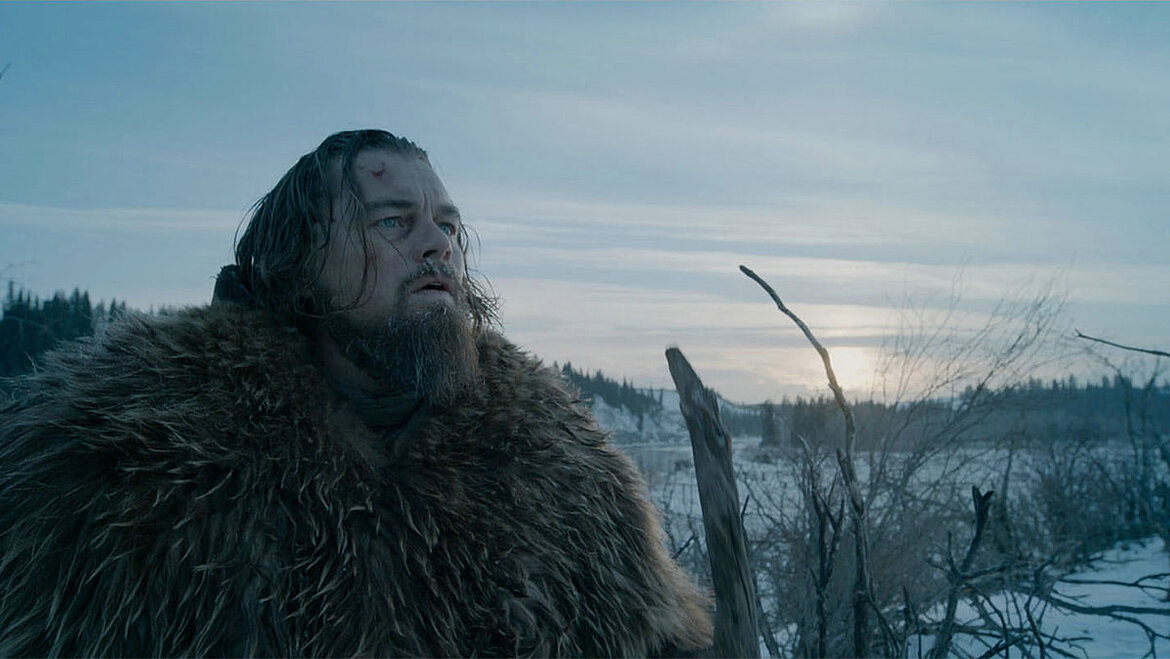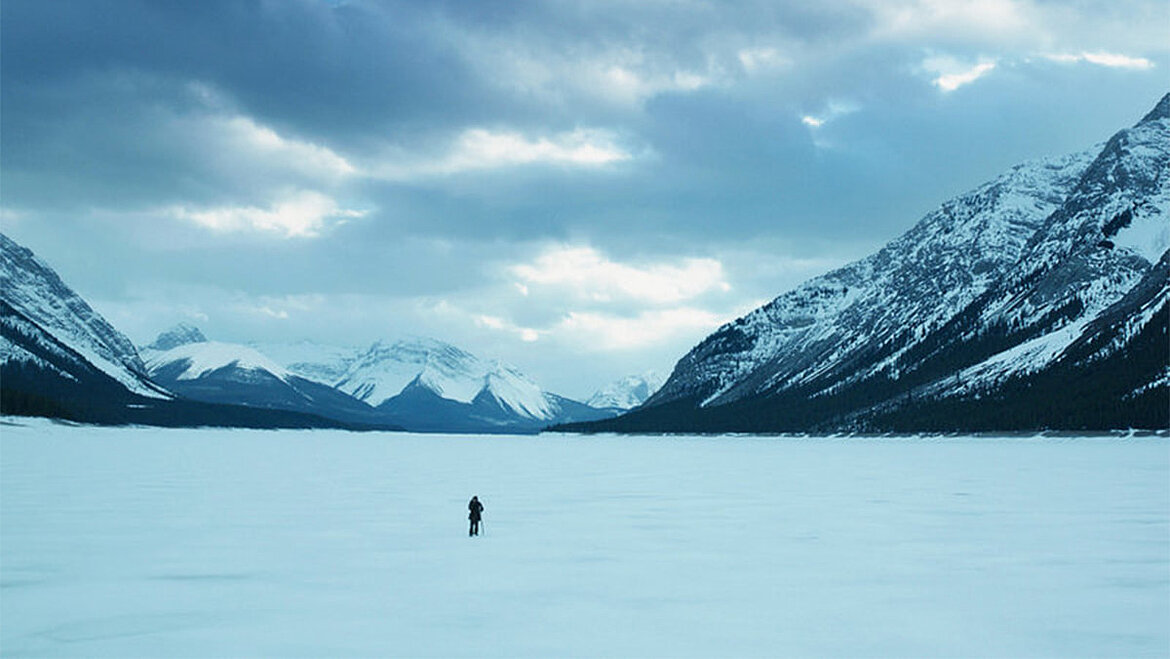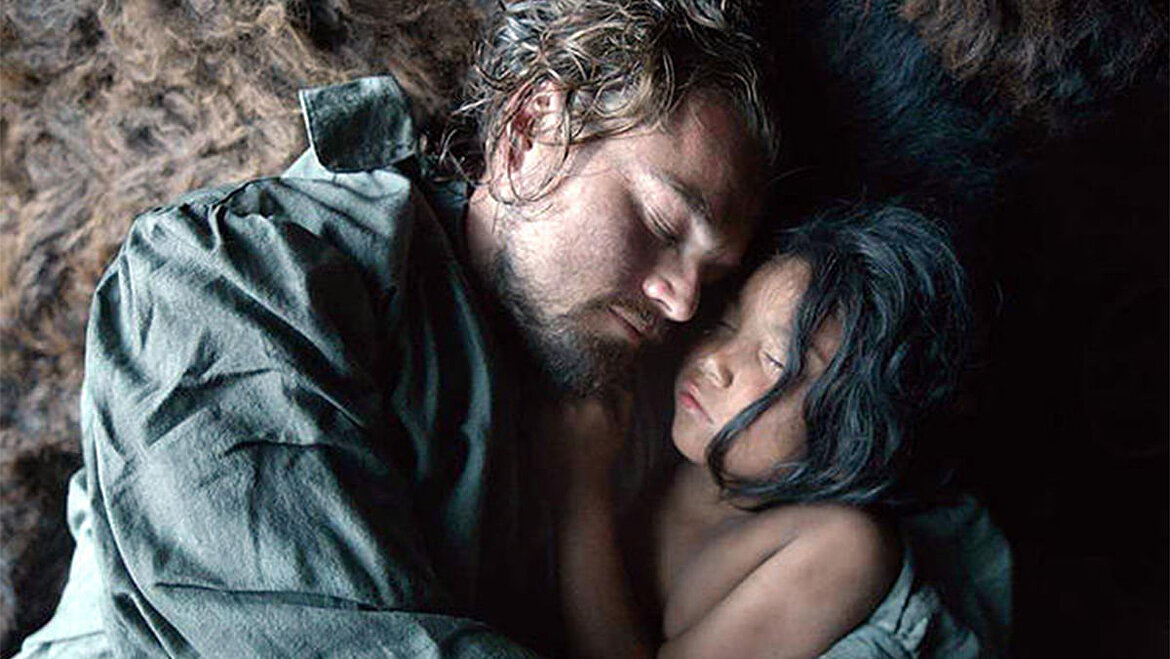Did you know that “The Revenant” was shot completely without artificial light? In other words, really only with the available daylight? Doesn't sound that spectacular? I think so. Because this condition of director Alejandro Gonzáles Iñárritu forced a whole film crew to shoot all the scenes in a time window of only two hours per day. In the freezing wilderness at minus 25 degrees.

The conditions for the actors and the entire crew could not have been any tougher. Just transporting the equipment through snow and ice to the film locations must have been an unimaginable act of strength and organization. Cameras froze up and could no longer be moved from one shot to the next. Actors struggled with hypothermia and frozen eyelashes and beards. On some days, daylight disappeared so rapidly that filmed scenes had to be shot again the next day.

It’s fascinating how nature is no longer just a place or a setting in “The Revenant”. It becomes an independent figure, one of the antagonists Hugh Glass has to deal with. The cold Glass suffers throughout his entire journey, slides over the packed snow and ice, and light too plays a central role.
We all know what it’s like when we look out of the window and the gloomy sky alone is enough to tell us how cold it probably is out there. There’s absolutely no chance of taking a great selfie in that light, even of taking any pictures at all. No wonder people rely on artificial lighting – especially for filming.

Not here. The film is dominated by the unique daylight of the rough wilderness. It is white and bright, but at the same time always a little misty and simply never looks warm. Often a bluish undertone resonates. I remember very well that when I first saw the film in the cinema, I froze. Again and again cold shivers ran down my arms and back.
Iñárritu couldn’t have chosen a more impressive way of capturing the harshness and beauty of nature. There is a scene where Leonardo DiCaprio, playing Hugh Glass, slips on the icy forest floor and the daylight is fading steadily. The feeling of oppression grows stronger and stronger as the light diminishes, and you can’t help sensing another life-threatening situation is imminent.
"Film is light and time. The light makes things exist, reveals them. In this film it was different, the light itself became a revelation."
- Director Alejandro González Iñárritu to the ZEIT.

